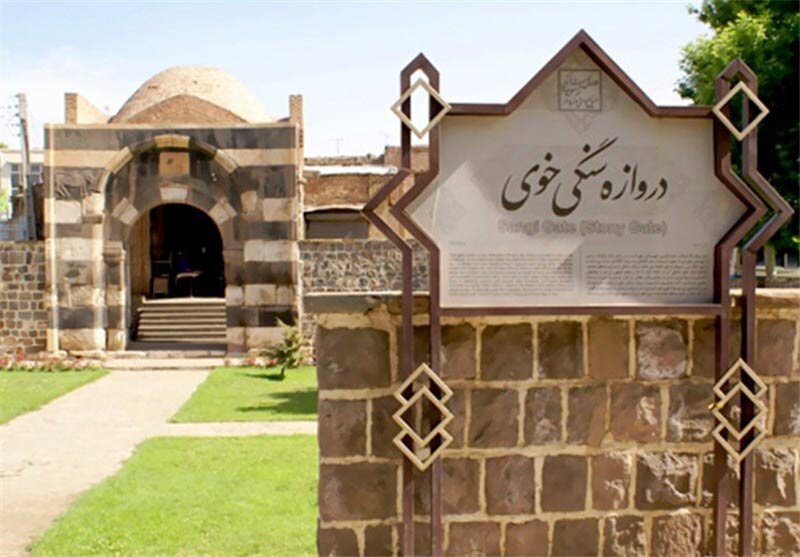Khoy historical sites suffer no serious harm from earthquake

TEHRAN—A magnitude 5.6 earthquake rattled Khoy on Wednesday, however, it caused no serious damage to historical sites across the ancient city, Khoy’s tourism chief has said.
Based on field investigations conducted by the cultural heritage experts, no serious damage to historical relics and monuments has been reported so far, Aziz Mirzai explained on Thursday.
There was only one small crack reported in the wall of the Khoy Museum, the official added.
The historical city is encircled by vast sunflower farms under the shadow of snow-capped towering mountains. It is also teeming with centuries-old mosques, churches, caravanserais, bathhouses, fortresses, and ramparts, each telling its own tales.
Khoy is also a destination for lovers of Persian literature, who come visit the mausoleum of Shams Tabrizi, a renowned Iranian poet, and mystic who lived between 1185 and 1248.
The economy of its surrounding regions is primarily based on agriculture; various fruits, grains, timber productions, and sunflowers. The latter is what Khoy is nicknamed for.
Situated near the ancient Silk Road in West Azarbaijan province, Khoy was enormously fortified in different eras of its history, most recently by a decree of Qajar rulers in the 18th and 19th centuries.
During bitter times in its history, Khoy was occupied by foreign military forces; for instance, in 1911, when the county was at odds with the then Ottoman Empire, and some points during World War I and II by Russians.
West Azarbaijan embraces a variety of lush natural sceneries, cultural heritage sites, and museums including the UNESCO sites of Takht-e Soleyman and Qareh Klise (St. Thaddeus Monastery), Teppe Hasanlu, and the ruined Bastam Citadel.
The region has been the seat of several ancient civilizations. It formed part of Urartu and later of Media. In the 4th century BC, it was conquered by Alexander the Great and was named Atropatene after one of Alexander’s generals, Atropates, who established a small kingdom there. The area returned to Persian (Iranian) rule under the Sasanians in the 3rd century CE. The Arabs controlled Azerbaijan from the 7th century until Turkish nomads overran it in the 11th century. Thenceforth, the inhabitants of the region were Turkish speakers. The region was overrun by the Mongols in the 13th century, and, under the ruler Hulegu, Azarbaijan became the center of a Mongol empire extending from Syria on the west to the Oxus River (now Amu Darya) on the east.
ABU/AM
Leave a Comment